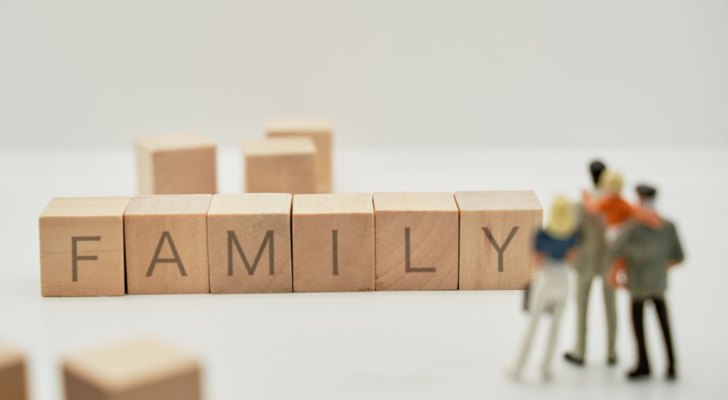
Creating positive environment
A harmonious home environment is crucial for nurturing strong family bonds, fostering positive relationships, and promoting overall well-being.
By striking a balance between work, household duties, and quality family time, involving family members in shared responsibilities, creating dedicated spaces for family activities, and cultivating a positive and nurturing atmosphere, you can build a solid foundation for a thriving family life.
Balancing Work, Household Duties, and Quality Family Time
Achieving a healthy work-life balance is a common challenge for modern families. It’s essential to prioritize and allocate time for both professional responsibilities and quality family interactions. Here are some recommendations:
- Establish Boundaries: Set clear boundaries between work and family time. Communicate your availability and limitations to your employer and colleagues. Avoid checking work emails or engaging in work-related activities during designated family time.
- Efficient Time Management: Create a schedule that includes work, family commitments, and personal time. Utilize productivity tools and apps to help you stay organized and manage your time effectively.
- Prioritize Quality Time: When you have limited time with your family, make it count by engaging in meaningful activities and creating memorable experiences. Put away distractions like phones and laptops, and fully immerse yourself in the present moment with your loved ones.
- Seek Support: Build a strong support network with your partner, family members, friends, and colleagues. Delegate tasks and responsibilities, share childcare duties, and create a system of mutual support.
- Practice Self-Care: Prioritize activities that recharge and energize you, such as exercising, reading, or pursuing a hobby. Taking care of yourself allows you to be a better parent, partner, and employee.
Involving Family Members in Household Responsibilities
Engaging family members in household tasks not only lightens the workload but also fosters a sense of responsibility, teamwork, and appreciation for one another’s contributions. Consider the following strategies:
- Assign Age-Appropriate Tasks: Involve children in household chores from an early age, assigning tasks appropriate for their age and abilities. This instills a sense of responsibility and teaches valuable life skills.
- Rotate Responsibilities: Rotate household responsibilities among family members to ensure a fair distribution of tasks and prevent burnout.
- Lead by Example: Demonstrate a positive attitude towards household tasks and work alongside your family members, fostering a collaborative environment.
- Celebrate Accomplishments: Acknowledge and appreciate the efforts of each family member in completing their responsibilities. Celebrate accomplishments, no matter how small, to encourage continued participation.
- Family Meetings: Hold regular family meetings to discuss and assign household responsibilities, address concerns, and make adjustments as needed.
Creating Dedicated Spaces for Family Activities
Designating specific areas within your home for family activities can promote bonding, shared experiences, and a sense of belonging. Consider the following ideas:
- Family Room: Create a cozy and inviting family room where everyone can gather for movie nights, game nights, or simply spending quality time together.
- Playroom or Activity Area: Set aside a dedicated space for children’s play, arts and crafts, or other age-appropriate activities. This encourages creativity and provides a safe environment for exploration.
- Outdoor Space: If possible, create an outdoor area for family activities, such as a backyard, patio, or garden, where you can enjoy nature, play games, or host gatherings.
- Shared Workspaces: Designate a shared workspace or study area where family members can work on projects, homework, or hobbies together, fostering collaboration and learning.
- Multipurpose Spaces: Utilize multipurpose spaces, such as a dining room or kitchen, for family activities like cooking together, playing board games, or engaging in arts and crafts.
Fostering a Positive and Nurturing Home Environment
A positive and nurturing home environment can significantly impact the emotional well-being and development of family members. Here are some strategies to cultivate a supportive atmosphere:
- Open Communication: Encourage open and honest communication among family members. Create a safe space where everyone feels heard and respected, fostering trust and understanding.
- Quality Time Together: Make time for shared activities and experiences that bring joy and create lasting memories, such as family outings, game nights, or cooking together.
- Positive Reinforcement: Celebrate each other’s achievements, no matter how small, and offer encouragement and support during challenging times.
- Conflict Resolution: Approach conflicts with empathy and a willingness to understand different perspectives. Seek compromises and solutions that benefit the entire family.
- Shared Values and Traditions: Establish shared family values, traditions, and rituals that bring a sense of unity and belonging. These can include family meals, holiday celebrations, or weekly family activities.
- Nurturing Relationships: Foster strong relationships among family members by showing affection, expressing gratitude, and creating opportunities for quality one-on-one time.
Summary
Creating a positive home environment for a thriving family life and nurturing relationships requires intentional effort, open communication, and a commitment to prioritizing family needs.
By balancing work and family responsibilities, involving all members in household tasks, creating dedicated spaces for family activities, and cultivating a positive and nurturing atmosphere, you can strengthen the bonds that hold your family together and create a foundation for lasting happiness and fulfillment.



